CUFFLINKS
A Subtle Heritage of Elegance
Already in the 13th century, shirt cuffs were fastened simply with ribbons, ties, and cords. As men’s clothing evolved, so did the way cuffs were finished. By the 1600s, a more refined solution appeared — early versions of the cufflinks we recognize today.
Tailors, mastering the new art of the sewn buttonhole, began securing cuffs with two small decorative buttons linked by a short chain. In France, where discreet style was always held in high regard, they became known as "boutons de manchettes," or "sleeve buttons." Among the upper classes, these understated details quietly spoke of refinement and discernment.
Soon, skilled jewelers began crafting cufflinks in silver and gold, adding fine engravings or setting them with carefully chosen semi-precious stones. They were never about ostentation — instead, they carried a certain quiet prestige. A subtle mark of a man who understood the value of craftsmanship and timeless style.
A detail worth knowing: Some early cufflinks carried hidden engravings or symbols known only to their wearer — a private tradition that continues among collectors and connoisseurs today.
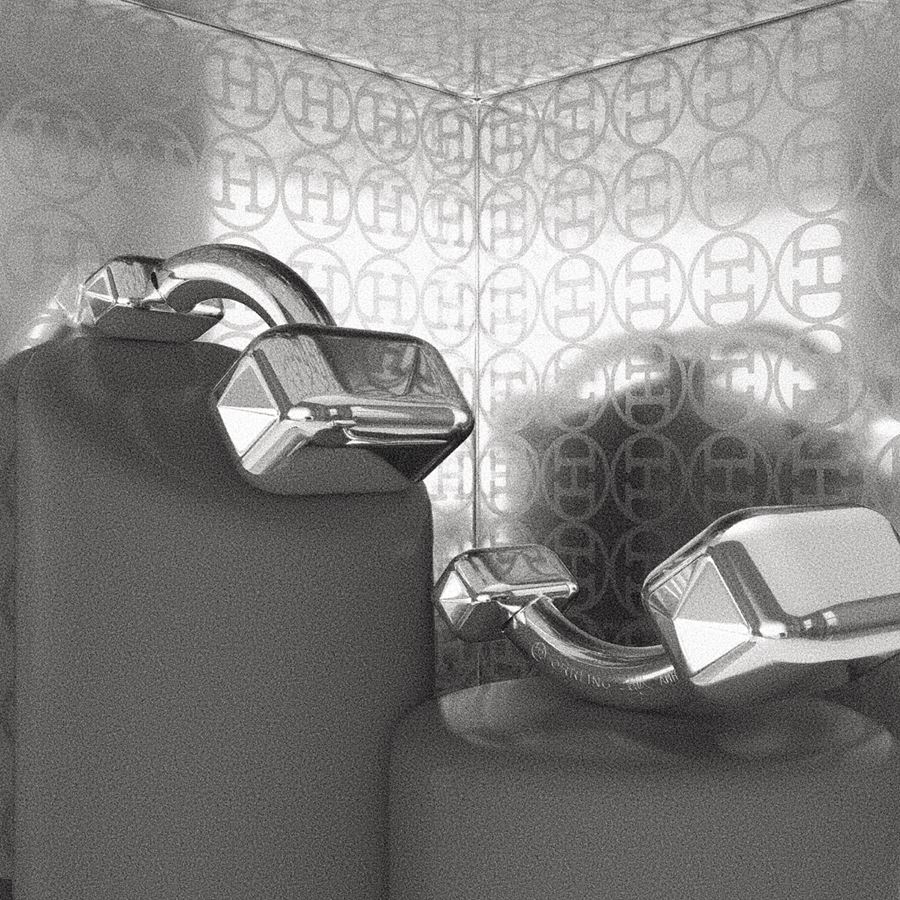
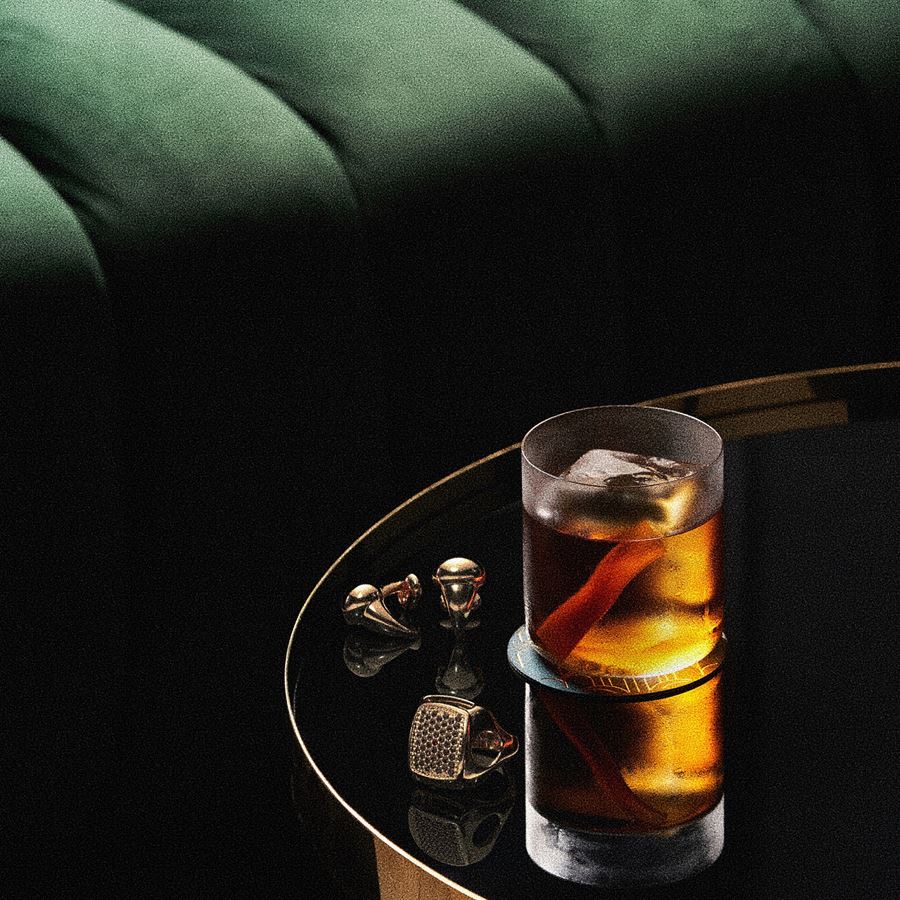
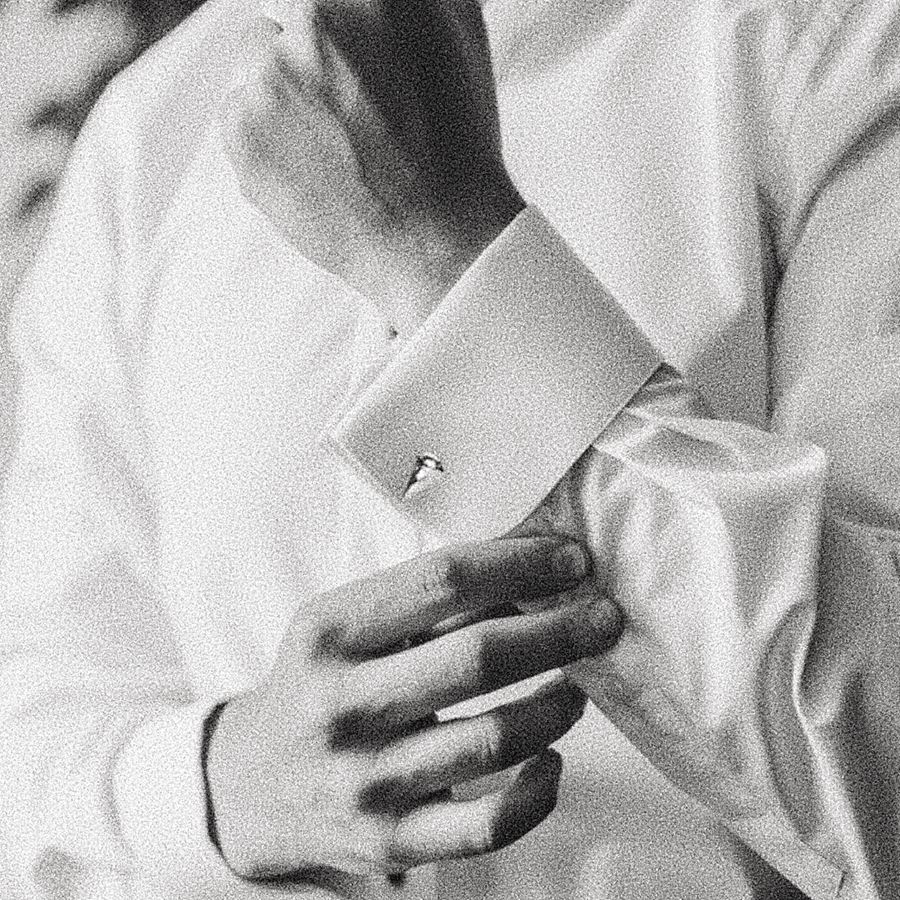
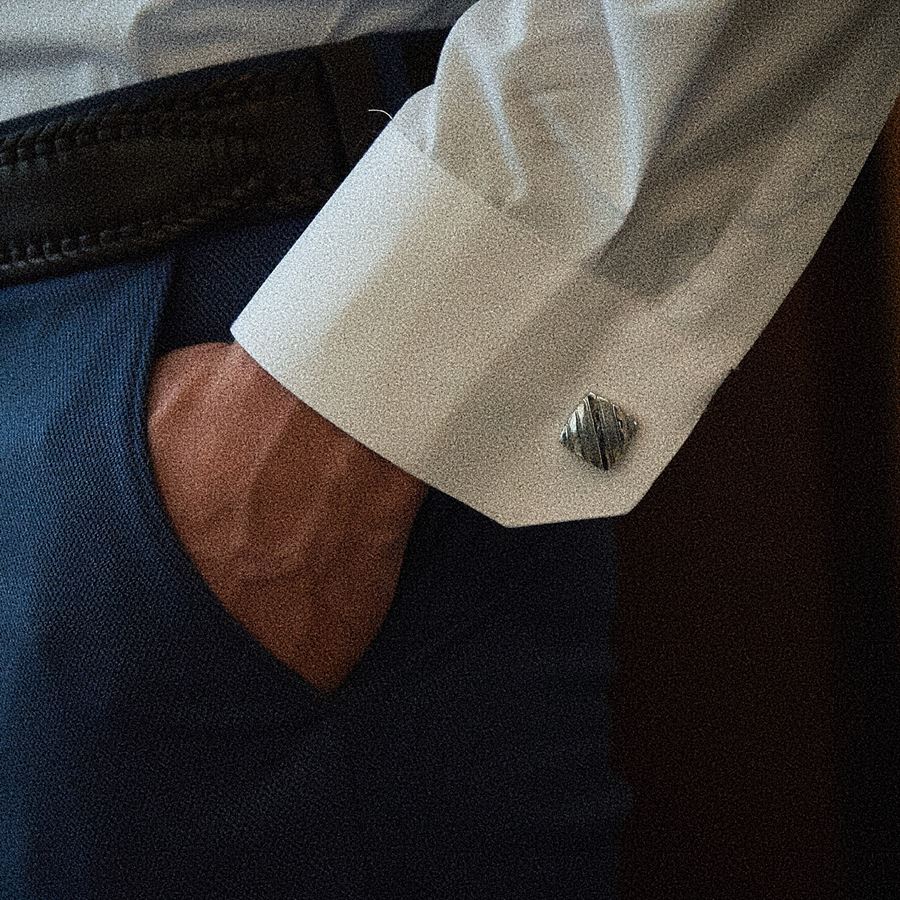






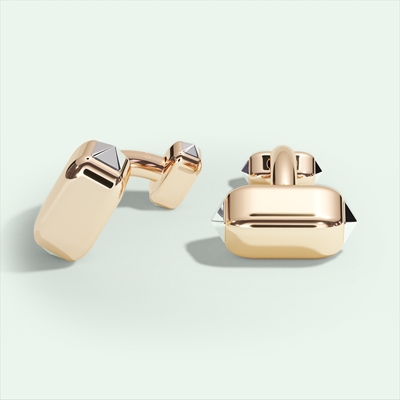
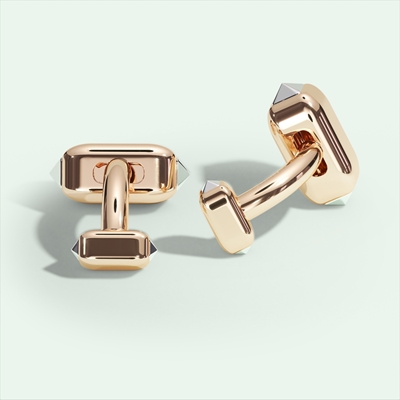
_00000.jpg)
_00001.jpg)
_00000.jpg)
_00001.jpg)
_00000.jpg)
_00001.jpg)